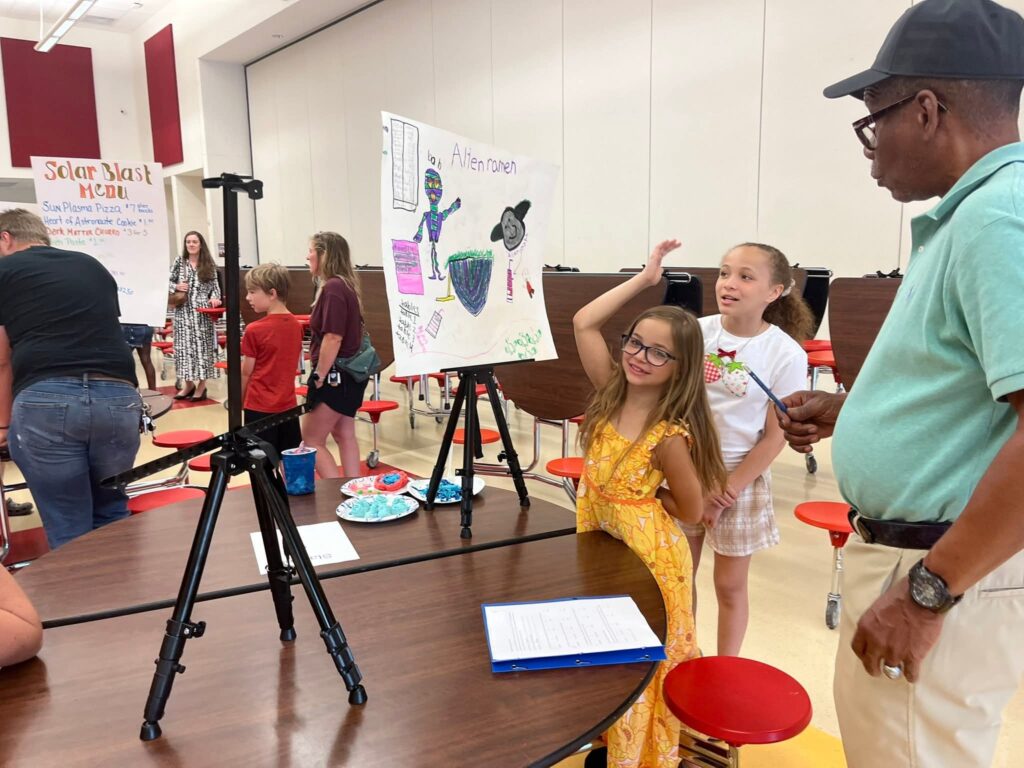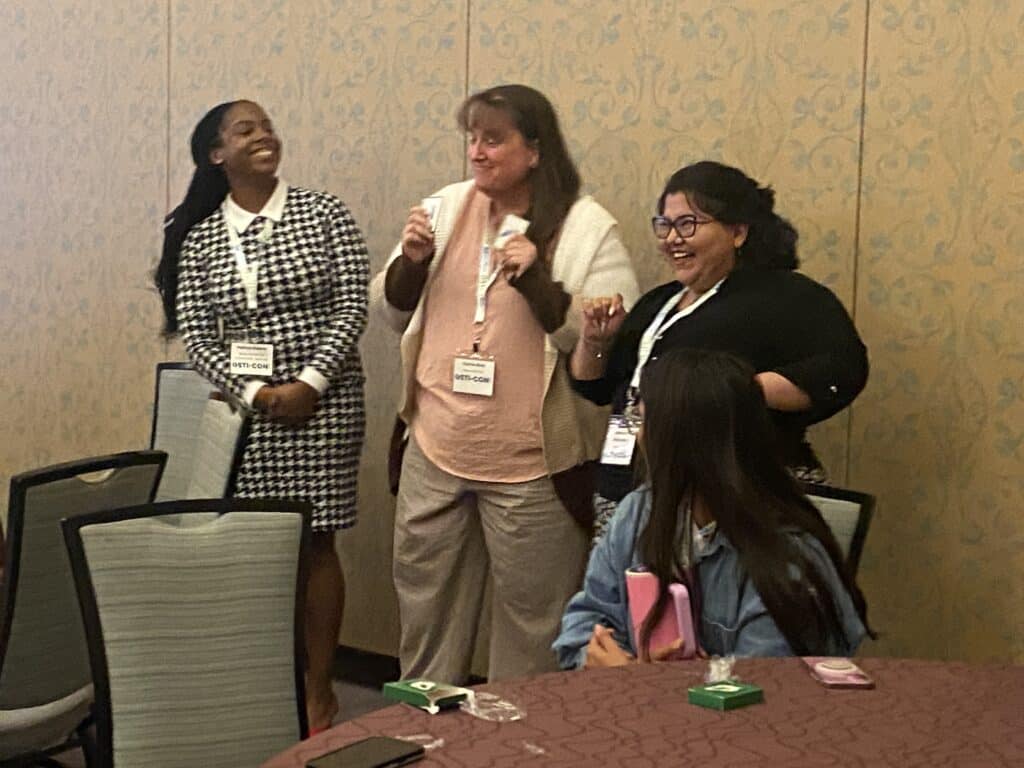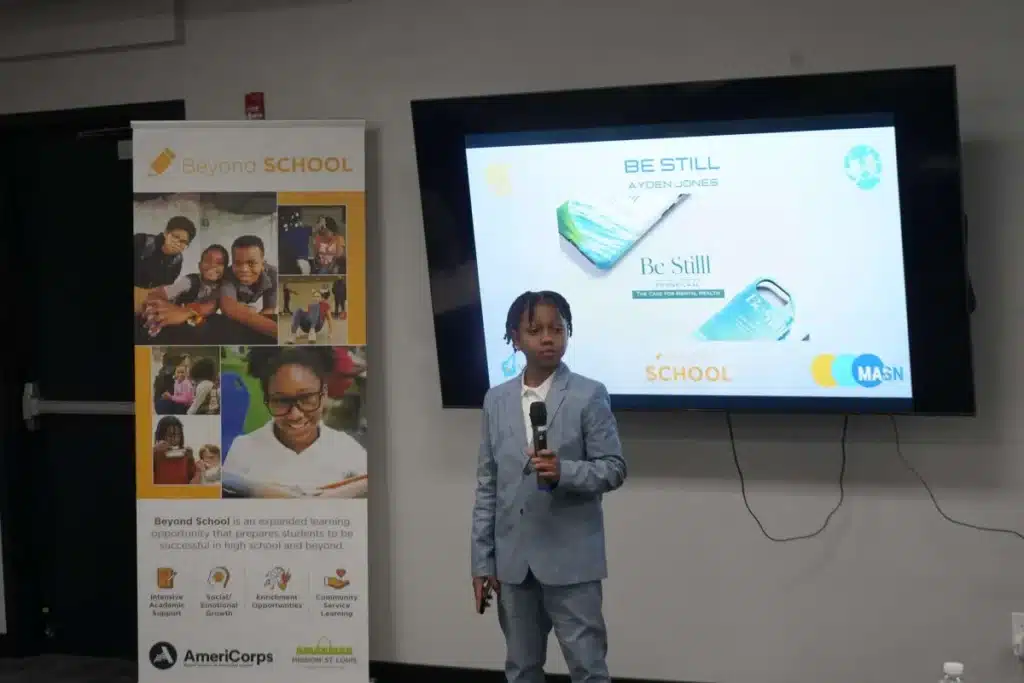Over the last six posts, I’ve outlined six of the seven strategies for encouraging creativity and curiosity in young girls, which I’ve identified through my own work and teaching, and through the findings that Frans Johannson explored in his book The Medici Effect.
So far, I’ve introduced you to strategies for:
- Reawakening a drive in children
- Encouraging children to learn differently
- Allowing children’s play to be a creative outlet for discovery
- Changing a child’s perspective to see things from another angle
- Demonstrating the creativity in STEAM fields
- Integrating art and design
Here is the seventh strategy for encouraging curiosity in children:
- Make quantitative creative
One of the benefits of entrepreneurial learning is the unpredictable quest for knowledge that market research can stimulate.
For example, take the product idea of a headband with a secret compartment, handy for spies or just girls with secret notes. How large is the market? Is it in the hundreds, thousands or millions? Can students extrapolate or estimate from the data that’s available?
An entrepreneurial teacher helps trigger these questions and more. What ages are the prospective buyers? How many girls in that age bracket are there in the U.S.? Is this product for the U.S. market only, or could it be for a global market? Where would it be sold—online, in stores, or both? What is the price point? What is the profit margin? What retail stores would distribute them? If it is a chain like J.C. Penney, how many stores are there? How and where do they make their buying decisions? What advertising would appeal to the market?

The first time girls go through this process, it’s all new, and then it becomes almost second nature on the path to discovery.
Girls absorb knowledge that helps them create mental models of what it takes to sell products. For example, through research, they learn that there are about 320 million Americans. Of those, about twelve million are girls ages 8 to 12. They learn that the largest concentrations are in California, Texas, New York, Florida, Illinois, Pennsylvania, and Ohio. It’s not rote memorization. It’s curiosity-driven learning and, therefore, relevant. Before the girls realize it, the class is delving into demographics, geography, economics, finance, cost of goods and production, packaging, and pricing strategies.
Math becomes not an area of study but an essential tool to explore opportunities.
These seven strategies encourage girls to embark on a quest of discovery, and to become even more creative by forming ideas about problems and solutions. As I’ve said, mixing things up breaks down barriers to creativity.
I’d love to hear your thoughts on these seven strategies I’ve explored for you over my last few posts. Do you have any strategies of your own to encourage curiosity and a sense of discovery among the girls in your life? Thank you for sharing.




